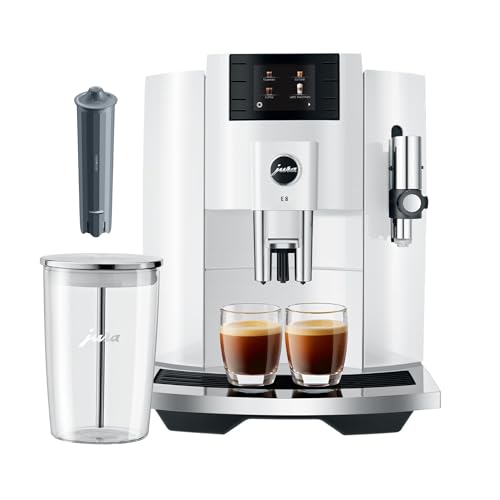One of the most overlooked, yet essential aspects of brewing coffee at home is grind size. Whether you’re using a French press, AeroPress, or an espresso machine, the size of your coffee grounds can make or break your cup.
As a home barista, understanding how grind size affects extraction is key to making coffee that’s balanced, flavorful, and not too bitter or sour.
What Is Coffee Grind Size?
Grind size refers to how coarse or fine your coffee grounds are after grinding the beans. It’s not a one-size-fits-all setting each brewing method requires a specific grind size for optimal results.
Here’s a quick comparison:
Coarse: Like sea salt (used for French press, cold brew)
Medium: Like sand (used for drip machines, pour-over)
Fine: Like table salt or flour (used for espresso, Moka pot)
Why It Matters So Much
Grind size directly affects water flow through the grounds, taste, and extraction time. Your coffee will over-extract and be bitter and dry if the grounds are too fine. If they’re too coarse, it will under-extract and be sour and weak.
Here’s what happens:
Over-extraction (grind too fine): Water is in contact with the grounds for too long, pulling out too many bitter compounds.
Under-extraction (grind too coarse): Water passes through too quickly, not extracting enough flavor.
Matching Grind Size to Brew Method
Each brewing method needs its own grind size to control the speed and efficiency of extraction:
Brew Method Ideal Grind Size
French Press Coarse
Cold Brew Extra Coarse
Pour-Over (V60) Medium
AeroPress Medium-Fine
Espresso Fine
Moka Pot Fine
Drip Coffee Maker Medium
The wrong grind size for your method can lead to inconsistency, no matter how fresh your beans are.
How to Adjust Your Grind Size
Begin with your brewing method. Understand what texture your grind needs to be.
Use a burr grinder. Burr grinders provide control over grind size, unlike blade grinders.
Taste and adjust. If your coffee is sour, grind finer. If it’s bitter, grind coarser.
Consistency is important. Even particle size results in even extraction.
Pro tip: Note your adjustments and the flavor of the coffee. It’ll help you dial in your process over time.
Signs You’re Using the Wrong Grind Size
Coffee flows too quickly or too slowly
Brew tastes too bitter or too acidic
Mouthfeel is too thin or too thick
Most brewing issues can be fixed by making minor grind adjustments without needing to change coffee beans or equipment.
Dialing in grind size
Grind size can seem like a minor detail, but it makes an enormous difference in your brewing success. Dialing in grind size is a key step on the path to consistency and great taste for any home barista trying to up their game.
Now that you understand the significance of grind size, get in there and take control of your grinder settings and try things out—you’ll taste the difference in every cup.












